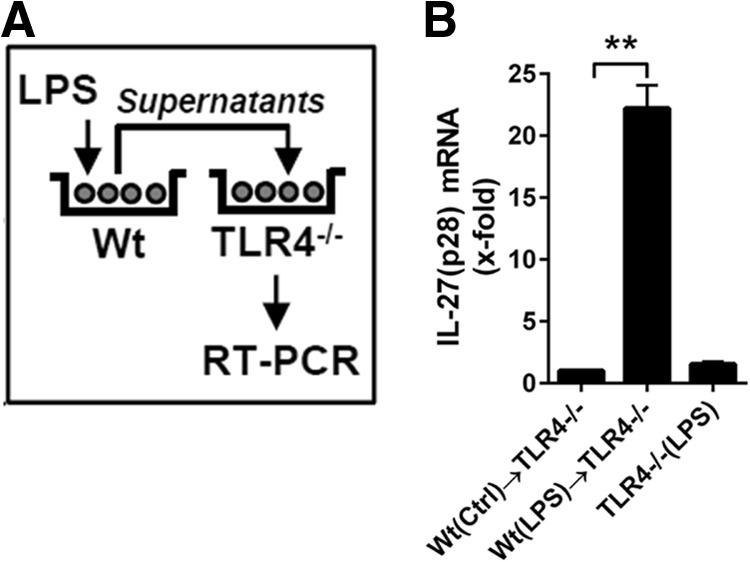Figure 3. A role of endogenous factors for promoting the release of IL-27(p28) in cultures of TLR4-activated macrophages.

(A) Schematic overview of the experimental design of supernatant-transfer experiments. BMDM, from WT mice, were incubated with LPS (1 μg/ml) for 12 h before transfer of conditioned supernatants to BMDM derived from TLR4−/− mice, followed by RNA isolation and RT-PCR, 3 h later. TLR4−/− BMDM were used to exclude direct effects of LPS during the second incubation step. (B) RT-PCR of the relative IL-27(p28) expression normalized to GAPDH of the experiments described above. Levels of mRNA for IL-27(p28) induced by supernatants from unstimulated WT BMDM were used as onefold (Ctrl; left bar). Conditioned supernatants from LPS-activated WT BMDM strongly up-regulated mRNA for IL-27(p28) when incubated with TLR4−/− BMDM (center bar). The right bar shows negative controls demonstrating the absence of IL-27(p28) production when TLR4−/− BMDM were incubated directly with LPS in normal media (no transfer of WT BMDM conditioned supernatants). Data are representative of three independent experiments. One-way ANOVA; mean ± sem; **P < 0.01.
